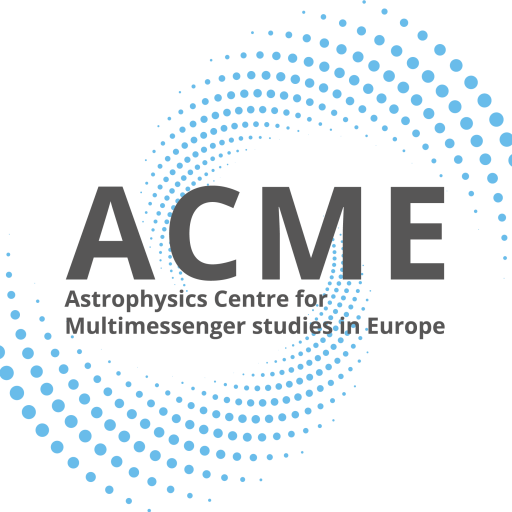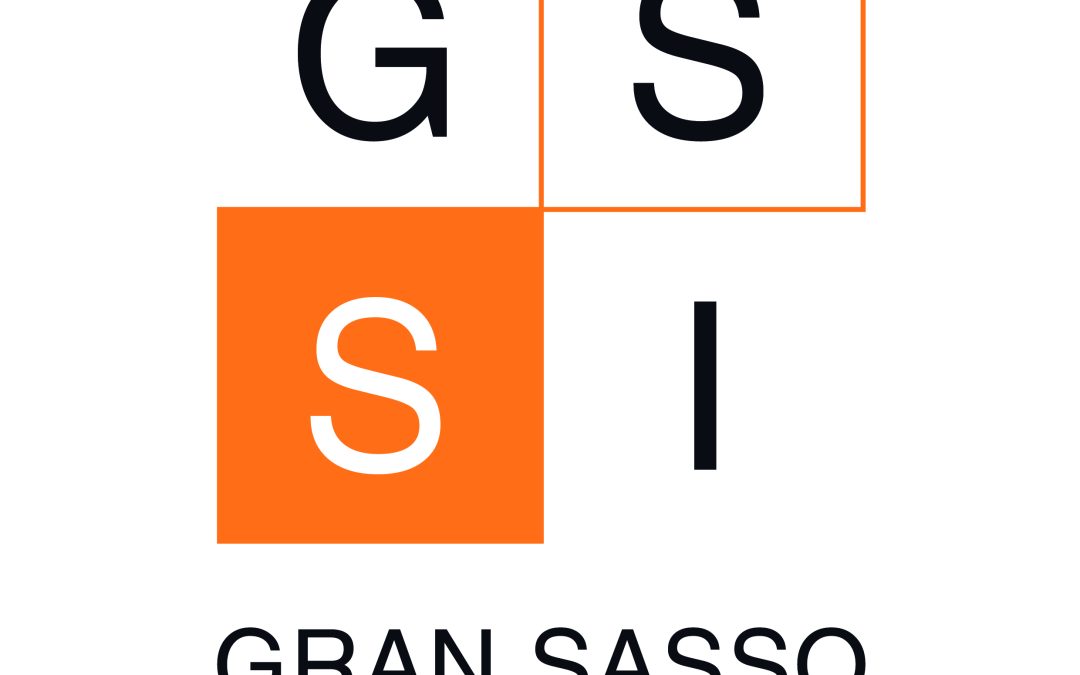The Gran Sasso Science Institute, located in L’Aquila, Italy, is an international doctoral school and research center focused on Astroparticle Physics, Mathematics, Computer Science, and Social Sciences. GSSI is in L’Aquila, Italy and it currently hosts around 150 PhD students, 40% of whom are international. The GSSI astroparticle research covers several areas, including gravitational-wave (GW), high-energy astrophysics, cosmic-ray (CR) searches and theory, dark matter searches, and neutrino physics. It is one of Europe’s leading centers for multi-messenger research. GSSI scientists are highly engaged in observations, data analysis and the development of modeling of extreme transients to interpret multi-messenger observations. They are at the forefront of activities related to the Virgo detector, as well as in the design and scientific development of next-generation observatories, such as the Einstein Telescope. GSSI also leads the Lunar Gravitational Wave Antenna project and contributes to the LISA mission. Additionally, researchers access major ground- and space-based observatories to detect electromagnetic counterparts of GW events.
Main contact for TNA call: Marica Branchesi
Available expertise
The GSSI is engaged in the study of the physics governing the emission of multi-messenger from compact objects such as neutron stars, black holes (from stellar to supermassive), and white dwarfs. Within the ACME project we provide expertise on:
- on analyzing gravitational wave observations from LIGO, Virgo, and KAGRA and studying the formation, evolution, and demographics of compact objects;
- on observations and modeling electromagnetic signals (optical, X, gamma, VHE) from astrophysical transients’ counterparts of gravitational-wave sources, such as gamma-ray bursts, kilonovae, and supernovae;
- on modeling the gravitational wave signals of inspirals and post-mergers produced by binary black holes for testing General Relativity;
- on modeling the signals emitted by coalescing neutron star systems to study the properties of matter at super-nuclear densities, and on characterizing compact objects in General Relativity and in extended gravity theories;
- on Virgo, the Einstein Telescope (ET) e il Lunar Gravitational Wave Antenna (LGWA), technological, data analysis and science case development;
The other field of research for which GSSI provides expertise is on high-energy cosmic radiation: cosmic rays (CR), neutrinos, and gamma rays. In particular:
- physics behind the mechanisms responsible for the acceleration and propagation of astrophysical particles and, in general, the dynamics of particle-plasma interactions in astrophysical environments;
- observations of CR and gamma rays both from space (DAMPE experiment) and from Earth (Auger experiment),
- development of new detectors for space-based detection of CR, neutrinos, and gamma rays (HERD, NUSES, Crystal Eye experiments).
Available tools
GWFish: an open-source code to simulate GW detector networks and to calculate measurement uncertainties based on the Fisher-matrix approximation. GWFish enables to analyze multiband scenarios, i.e., observation of a GW signal by different detectors in different frequency bands, such as Virgo, the Einstein Telescope (ET), Cosmic Explorer (CE), the Lunar Gravitational-wave Antenna and LISA. https://github.com/janosch314/GWFish Now also implemented with physically informed priors https://github.com/u-dupletsa/GWFish-meets-Priors
B-POP: (Black hole POPulation synthesis tool): source code not public yet, will be in a few months. Relevant publications: 10.1093/mnras/stad331, 10.3847/1538-4357/ab88b2
ARGdf (a few-body code integrator for stellar interactions, collisions, and triples with PN approximations). Code is not public yet. Relevant publications: 10.1051/0004-6361/202038795, 10.1038/s42005-020-0310-x, 10.3847/2041-8213/abdfcd
NBODY6++GPU (a direct N-body code for star cluster simulations, with single and binary stellar evolution, stellar dynamics, compact binary mergers, and GW recoil). Code is public: https://github.com/nbodyx/Nbody6ppGPU
cosmoRate: https://gitlab.com/Filippo.santoliquido/cosmo_rate_public an open-source code designed to evaluate the property distributions of compact object mergers across the history of the Universe
galaxyRate: https://gitlab.com/Filippo.santoliquido/galaxy_rate_open an open-source code to estimates the merger rate density of binary compact objects and the properties of their host galaxies based on observational scaling relations.
HERMES: https://github.com/cosmicrays/hermes HERMES is a publicly available computational framework for line-of-sight integration, capable of generating HEALPix-compatible sky maps for various galactic radiative processes. These include Faraday rotation, synchrotron and free-free radio emission, as well as gamma-ray and neutrino emissions from pion-decay, bremsstrahlung, and inverse-Compton processes.
SIMPROP: https://github.com/carmeloevoli/SimProp-Sirente SIMPROP is a Monte Carlo simulation code for modeling the propagation of ultra-high-energy cosmic rays.
Tutorials:
- Scientific Programming in Modern C++
- Numerical Algorithms in Scientific Applications
- N-body methods to model collisional astrophysical systems (star clusters and galactic nuclei), and semi-analytic approaches to model CBC formation in dense environments.
- GWFish tutorials
- cosmoRate tutorials
Involved scientists













